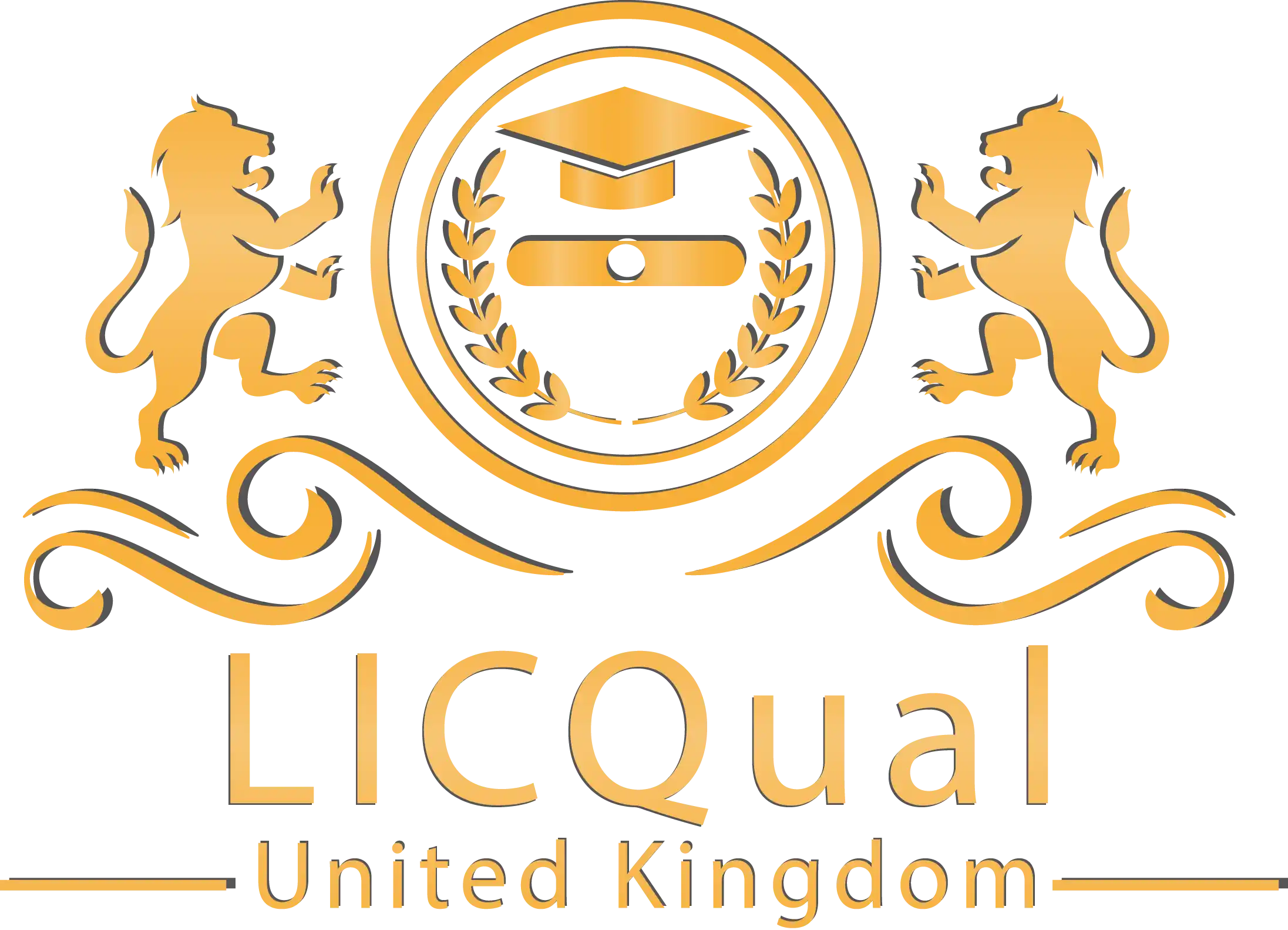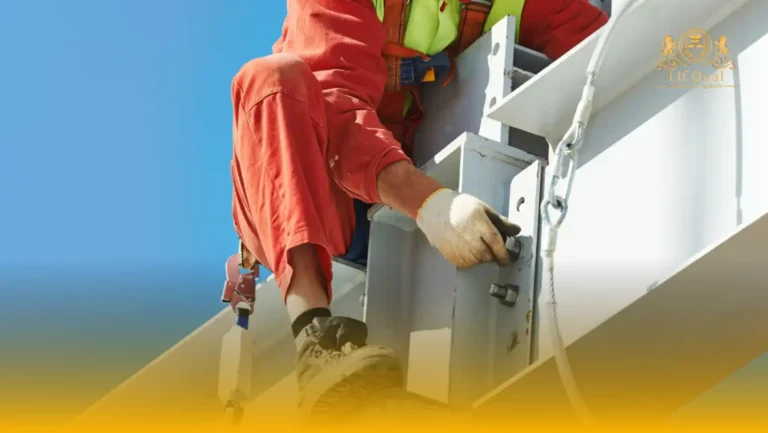The LICQual Combined Level 2 Diploma in Banksman, Slinger & Rigger is a professional, competency-based qualification designed for individuals seeking to elevate their skills and responsibilities within lifting operations. This internationally accredited diploma bridges the gap between basic training and advanced practice, offering an in-depth and integrated understanding of the three critical roles—Banksman, Slinger, and Rigger—essential to safe and effective lifting operations across a wide range of industries.
Ideal for those working in construction, oil and gas, shipping, logistics, and heavy engineering, this diploma focuses on the practical and safety-critical aspects of coordinating and executing lifting tasks. Participants will deepen their knowledge of signaling, slinging, and rigging, gaining the skills necessary to work with limited supervision while contributing to the safety and efficiency of site operations. Emphasis is placed on teamwork, communication, and adherence to internationally recognized health and safety protocols.
The curriculum offers a comprehensive exploration of key subjects such as load assessment and control, selection and inspection of lifting accessories, advanced signaling using both hand and radio communication, rigging techniques for various load types, risk identification, and equipment maintenance. Learners will also be introduced to more complex lifting scenarios, including working in confined spaces and managing challenging load shapes and weights.
A unique strength of the LICQual Combined Level 2 Diploma is its focus on hands-on, practical training. Participants engage in live simulations and controlled exercises that reflect real-world job site conditions, preparing them for the demands of modern lifting operations. This applied learning approach ensures that learners not only understand theory but can also perform essential tasks with confidence and precision in dynamic environments.
Upon successful completion, candidates are awarded the LICQual Combined Level 2 Diploma in Banksman, Slinger & Rigger, a globally respected credential that demonstrates the holder’s competence and reliability in executing lifting operations safely and effectively. This qualification opens doors to higher responsibilities, supervisory roles, and further progression to Level 3 certifications in specialized lifting disciplines.
For professionals ready to advance their careers and build a strong foundation for leadership in lifting operations, the LICQual Combined Level 2 Diploma in Banksman, Slinger & Rigger delivers the essential knowledge, practical experience, and international credibility required in today’s high-risk, high-performance industries. Invest in your future, enhance your safety practices, and join a growing network of globally certified lifting professionals.
Course Overview
Qualification Title
LICQual Combined Level 2 Diploma in Banksman, Slinger & Rigger
Total Units
6
Total Credits
36
GLH
120
Qualification #
LICQ2200211
Qualification Specification
To enroll in the LICQual Combined Level 2 Diploma in Banksman, Slinger & Rigger, pplicants must meet the following criteria:
|
Qualification# |
Unit Title |
Credits |
GLH |
|---|---|---|---|
|
LICQ2200211-1 |
Health & Safety Management for Lifting Operations |
6 |
20 |
|
LICQ2200211-2 |
Advanced Communication Techniques |
6 |
20 |
|
LICQ2200211-3 |
Risk Assessment in Lifting Operations |
6 |
20 |
|
LICQ2200211-4 |
Advanced Slinging Techniques |
6 |
20 |
|
LICQ2200211-5 |
Supervising Lifting Operations |
6 |
20 |
|
LICQ2200211-6 |
Legal Responsibilities and Compliance |
6 |
20 |
By the end of this course, learners will be able to:
- Health & Safety Management for Lifting Operations
- Understand the principles of health and safety management specific to lifting operations.
- Identify potential hazards and risks in lifting tasks and apply effective safety management strategies to minimize risks.
- Evaluate and ensure compliance with safety regulations and industry standards in lifting operations.
- Advanced Communication Techniques
- Demonstrate advanced communication skills for coordinating lifting operations effectively.
- Use both verbal and non-verbal communication techniques to maintain clear and accurate communication within lifting teams.
- Implement communication strategies to prevent accidents and ensure safe and efficient lifting operations.
- Risk Assessment in Lifting Operations
- Conduct detailed risk assessments for lifting operations, identifying potential hazards and evaluating associated risks.
- Develop and implement risk control measures to reduce identified risks during lifting operations.
- Review and update risk assessments regularly to ensure ongoing safety and efficiency.
- Advanced Slinging Techniques
- Master advanced slinging techniques, including the correct selection, use, and inspection of slings and lifting accessories.
- Demonstrate the ability to safely sling loads of various sizes and shapes for lifting.
- Troubleshoot and resolve common challenges encountered during advanced slinging operations.
- Supervising Lifting Operations
- Develop leadership and supervisory skills to manage and oversee lifting operations effectively.
- Coordinate and supervise lifting teams, ensuring compliance with safety standards and efficient task completion.
- Monitor performance and provide guidance to maintain safety and improve operational outcomes.
- Legal Responsibilities and Compliance
- Understand the legal responsibilities and obligations related to lifting operations.
- Ensure compliance with relevant laws, regulations, and standards governing lifting operations.
- Assess the consequences of non-compliance and implement corrective actions to meet legal requirements.
This diploma is ideal for:
Assessment and Verification
All units within this qualification are subject to internal assessment by the approved centre and external verification by LICQual. The qualification follows a criterion-referenced assessment approach, ensuring that learners meet all specified learning outcomes.
To achieve a ‘Pass’ in any unit, learners must provide valid, sufficient, and authentic evidence demonstrating their attainment of all learning outcomes and compliance with the prescribed assessment criteria. The Assessor is responsible for evaluating the evidence and determining whether the learner has successfully met the required standards.
Assessors must maintain a clear and comprehensive audit trail, documenting the basis for their assessment decisions to ensure transparency, consistency, and compliance with quality assurance requirements.







